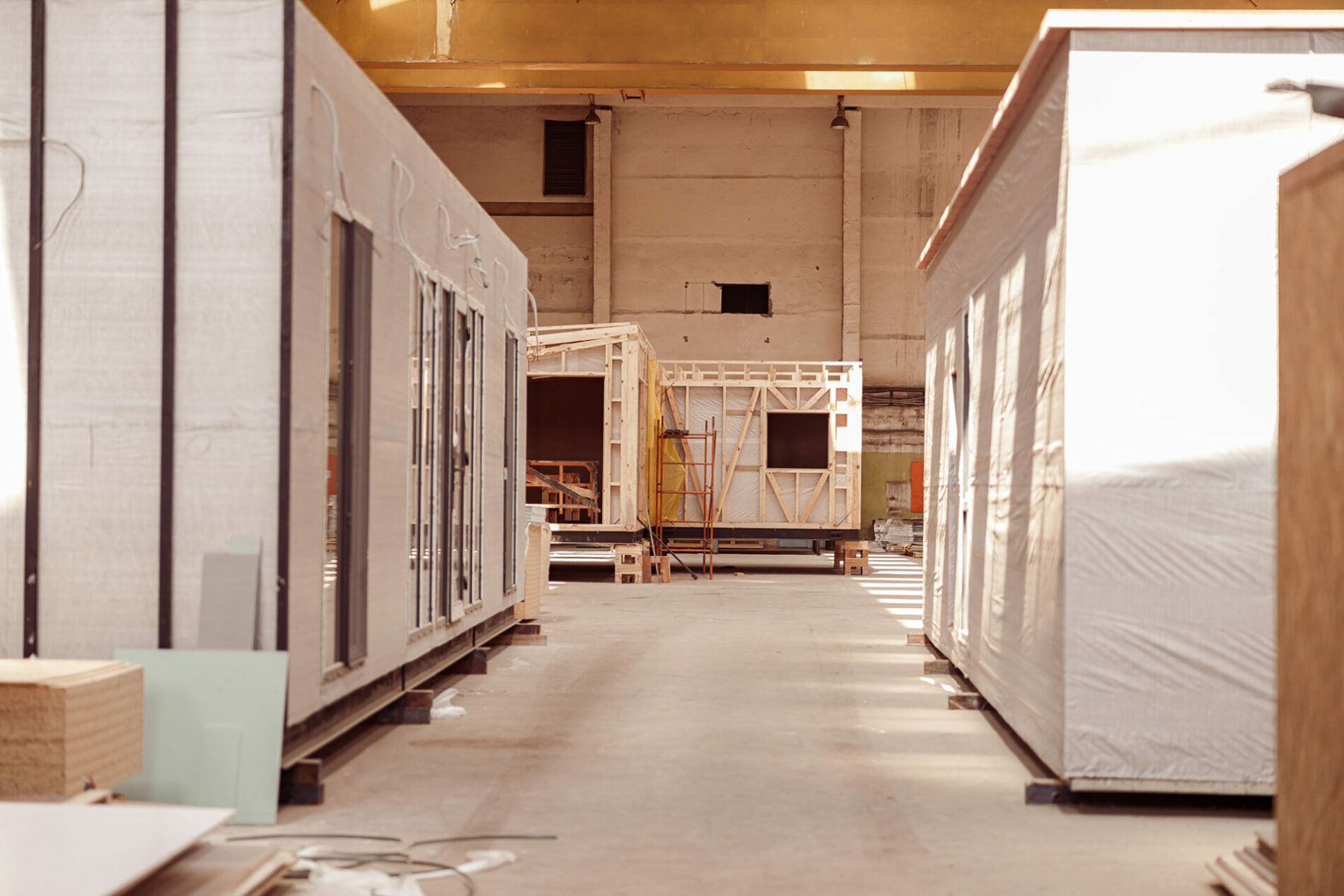California is currently on track to become the fourth-largest economy in the world. Its scale, quality, and standard of living is the envy of most. However, with any place of this magnitude, significant problems exist. While the state is home to Hollywood, surf, and the Golden Gate Bridge, it is also home to more than 170,000 homeless people, a figure that is almost half of the unsheltered homeless population in the entire United States. When we look at these figures in more detail, it seems that a significant portion of these residents are to be found in the San Francisco Bay Area. The Bay Area is, on any given night, the location for nearly 40,000 homeless individuals. So, in a state as populous, scenic, and wealthy as California, what can be done to combat the rising, and now chronic homelessness situation? Additionally, can we turn to some of the residents, individual and companies alike, to assist with these efforts?
It must be acknowledged; the state of California has not been reluctant to offer financial assistance to the crisis. In the four years from 2018 to 2022, a stunning $17.5 billion has been spent trying to address the situation. However, disappointingly, homelessness figures have worsened over this time rather than improved. According to Jason Elliott, senior adviser on homelessness to Gov. Gavin Newsom, the state is nowhere near where it would like to be. “The problem would be so much worse, absent these interventions,” he said. “And that’s not what people want to hear. I get it, we get it.” While he accepts that much needs to be done, he states that it is a problem that goes back decades. “We need 2.5 million more units in California. This is a problem that is decades and decades in the making because of policy choices that we’ve made. We are not blameless. And when I say we, I mean Republicans and Democrats alike.”

So, what about modular housing? The concept is not a new one. It has been used in some form for decades and is a proven way of incorporating speed and efficiency to a project, albeit at the cost of quality or longevity. Until now, the use of modular building for long-term family housing has not been explored in great detail. So, as the industry battles to keep up with an ever-growing demand for homes, what use could ‘flat-packed’ homes be to a market that is experiencing a crisis? Given that there a shortfall of seven million homes in the U.S., with the San Francisco Bay Area —the home of Big Tech— one of the worst affected, can the power of these companies be harnessed to fill the gap?
Tipping Point Community is a leading philanthropic organization that finds, funds, and strengthens the most promising poverty-fighting solutions in the Bay Area. Led by current CEO Sam Cobbs, the organization works “by pairing effective direct service grantmaking with policy work to disrupt the conditions that hold poverty in place.” It was set up in 2005 by Daniel Lurie who had previous experience in the sector having worked for the Robin Hood Foundation, an organization dedicated to fighting poverty in New York City. Lurie believes that worthwhile connections need to happen for real success. “So many organizations in the philanthropic sector have their hearts in the right place, but when it comes to fighting poverty, good intentions aren’t enough. Low-income families deserve access to the most effective services that can help them break the cycle of poverty for good, and donors deserve a return on their philanthropic investments.” One of these connections has been with Google and Facebook, two headline employers in the Bay region.
Factory_OS is a Google and Facebook backed company that is working towards modernizing, innovating, and revolutionizing the modular housing landscape. According to the company, cost, speed and quality can all be improved upon. “This process brings relentless efficiency to a profoundly inefficient industry. In Building 680, Factory_OS can build homes year-round, rain or shine, leveraging the proven principles of lean manufacturing and cutting-edge software technologies. Quality control is better. Workers are safer. Precision cutting and indoor material storage reduce construction waste by more than a third, and reduced transportation requirements lower carbon emissions, making this the greenest building method available today. On-site assembly is faster, cleaner and far less disruptive to our neighbors.”
“It is an ambitious effort to ease the housing challenge by scaling the off-site production of multifamily housing.”
Factory_OS was founded and is currently run by Rick Holliday, owner of Holliday Development, a leading provider of sustainable communities through its skill in leveraging private development to create vibrant, sustainable housing in the Bay Area. He believes that the work being done at Factory_OS will ultimately benefit those most in need. “It is an ambitious effort to ease the housing challenge by scaling the off-site production of multifamily housing. Factory_OS is a new approach to housing construction, integrating the design and build processes, powered by local union labor and pioneering in-house research and innovation,” he said.

The company operates out of an expansive 258,000-square-foot factory in Vallejo, on the outskirts of the Bay Area. According to Holliday’s co-founder, Larry Pace, the speed at which housing can be produced is staggering. “They build one floor approximately every two and a half hours,” he says, referring to the workers in Factory_OS’ HQ. “It’s fast.” Within the factory, workers contribute from various stations, preparing separate sections of a house in anticipation of it all being put together. These stations work on sections such as cabinets, roofing, plumbing and electrical wiring. From there, he says, these stations are shipped onto a building site and assembled in a matter of days, rather than months. “It literally becomes a plug-and-play. We have become very proficient at what we do, and it will revolutionize the construction industry from what we’ve seen in the past. It already has.”
For Holliday, Factory_OS has come out of a necessity to drive down the costs of housing. “My career has been 40-plus years in housing as a developer with an innovative and affordable focus,” he said. “Eight or nine years ago I started seeing a rapid increase in costs, and knew we had to look at a more cost-effective way.” By partnering with socially focused organizations and securing the necessary funding to expand this cost-effective, fast, and reliable method of producing sustainable housing, we could be at the preface of a sort of revolution. On the Tipping Point project, a remarkable 145 units were created, all at a saving of 30% compared to market rates. However, as Lurie states, things are only just getting started. “At the end of the day we need to prove it’s possible to build in a much more efficient and cost-effective manner. Public-private partnerships like ours are at their best when they enable the fast moving, flexible approaches we desperately need to accelerate the delivery of homes to those who need them most.”


















